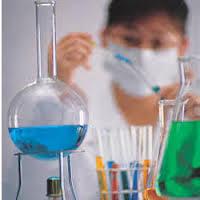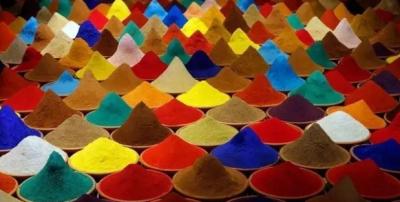As consumers, we all want clean and bright clothing. We want our clothes to look and feel fresh, clean, and vibrant every time we wear them. However, removing stains from textile fabrics can be a daunting task. Fortunately, detergents help us keep our clothes stain-free and looking their best. In this article, we'll discuss the chemistry behind how detergents remove stains from textile fabrics.
How Detergents Work?
To understand how detergents work, we firstly need to know what they are. Detergents are cleaning agents that contain a variety of chemicals, including surfactants, builders, enzymes, and more. These chemicals work together to break down and remove dirt, oil, and stains from textile fabrics.
How Detergents Remove Stains?
When we spill something on our clothes, the stain can be toughly removed. However, detergents contain surfactants that work to break down the stain. A surfactant is a chemical that reduces the surface tension of water, allowing it to penetrate the fabric fibers and loosen the stain.
Once the stain is loosened, the detergent's other chemicals, such as builders and enzymes, work to remove it completely. Builders, such as sodium carbonate, help to soften the water and lift the stain. Enzymes, such as proteases and amylases, break down specific types of stains, such as protein and starch. Together, these chemicals work to break down and remove evenly the toughest stains.
The Role of Enzymes in Detergents
Enzymes are a crucial component of detergents when it comes to removing stains from textile fabrics. Enzymes are biological catalysts that help to speed up chemical reactions. In the case of detergents, enzymes help to break down specific types of stains.
For example, proteases break down protein stains, such as blood and grass. Amylases break down starch stains, such as those from food. Lipases break down fat and oil-based stains, such as those from makeup. By including these enzymes in detergents, we can more effectively remove specific types of stains and keep our clothes better looking.
In conclusion, detergents are an essential part of keeping our clothes clean and stain-free. The combination of surfactants, builders, and enzymes work together to break down and remove dirt, oil, and stains from textile fabrics.



 English
English  日本語
日本語  Español
Español  tiếng việt
tiếng việt  Türkçe
Türkçe  ไทย
ไทย  українська
українська  हिंदी
हिंदी  বাঙালি
বাঙালি  اردو
اردو 



